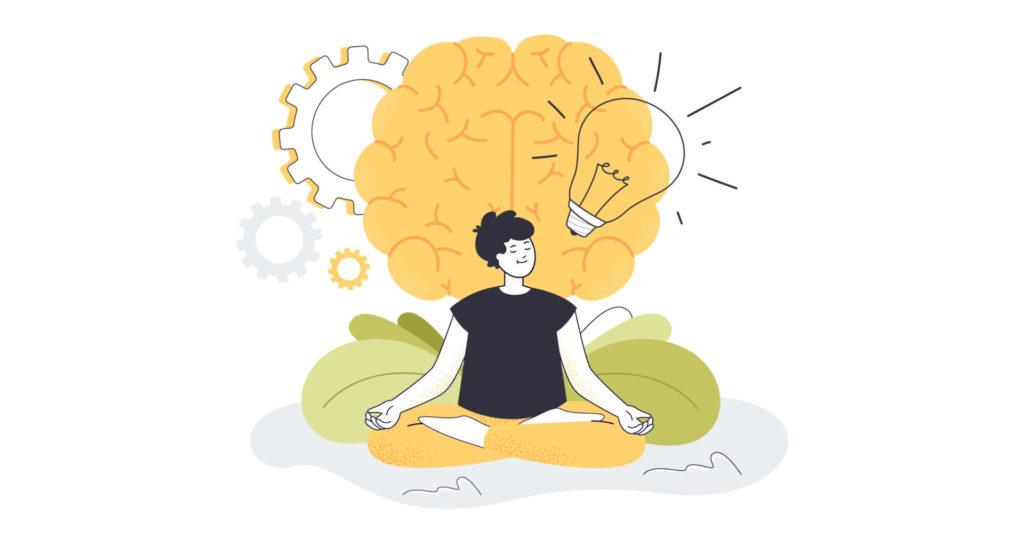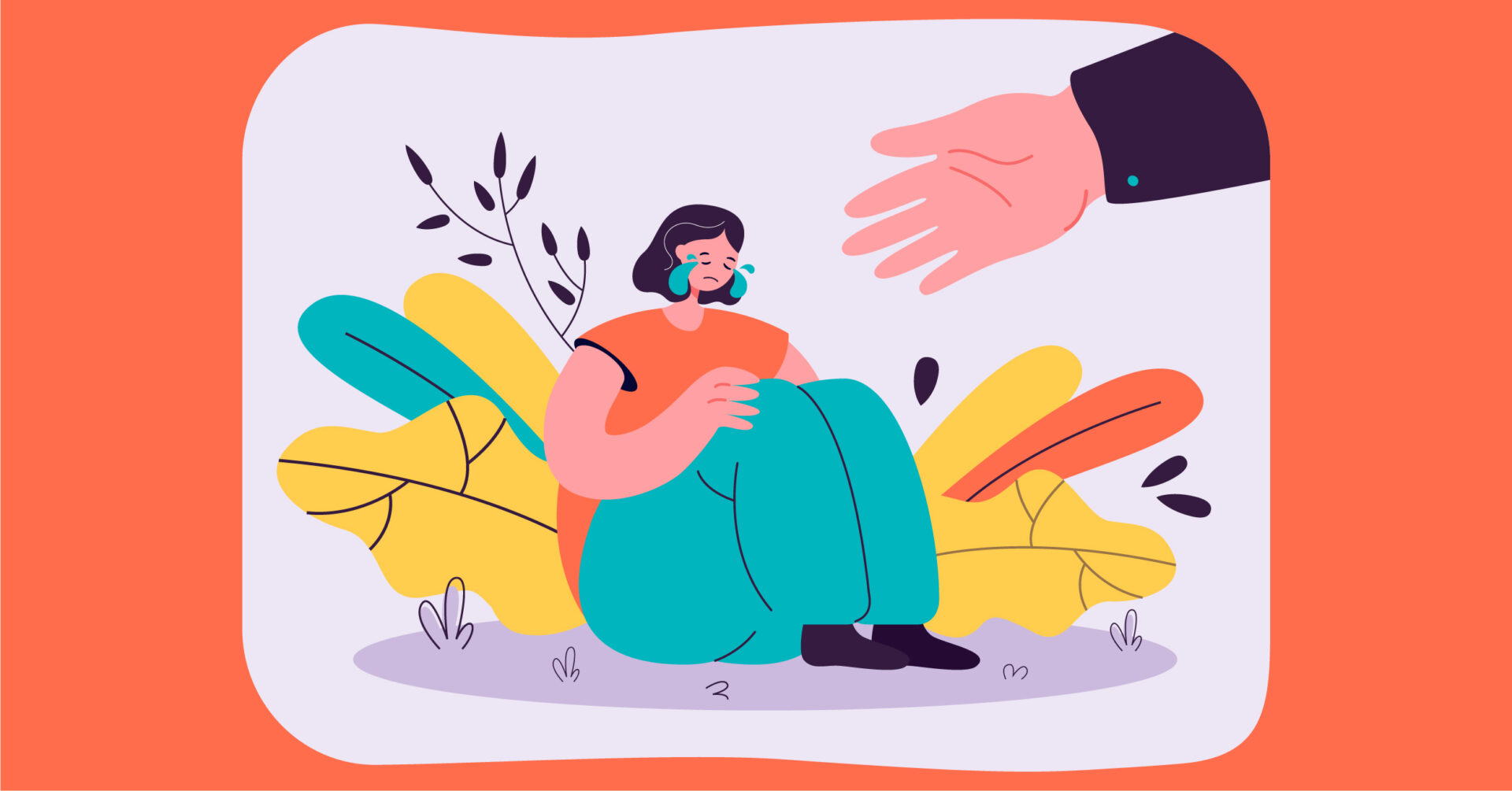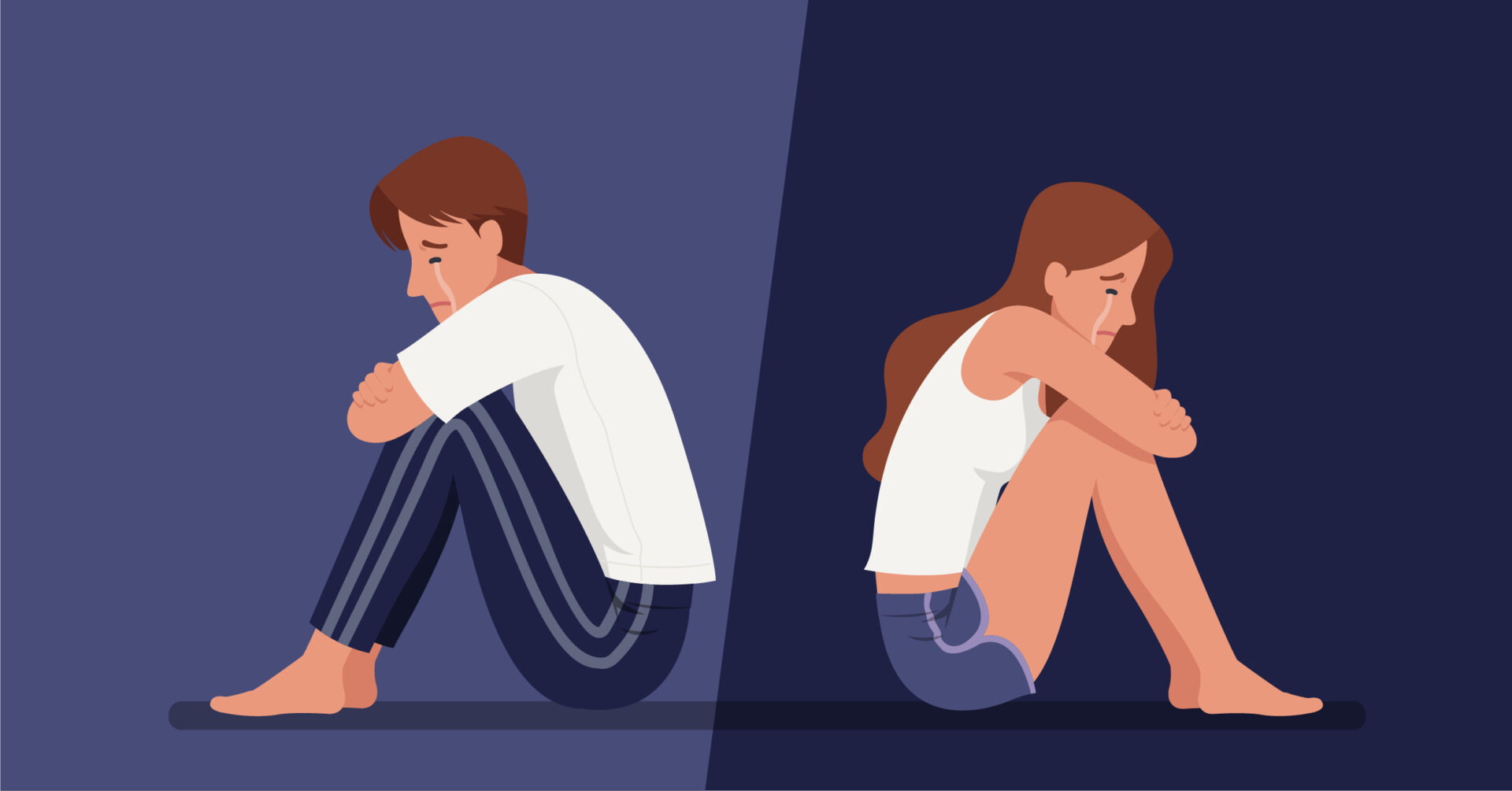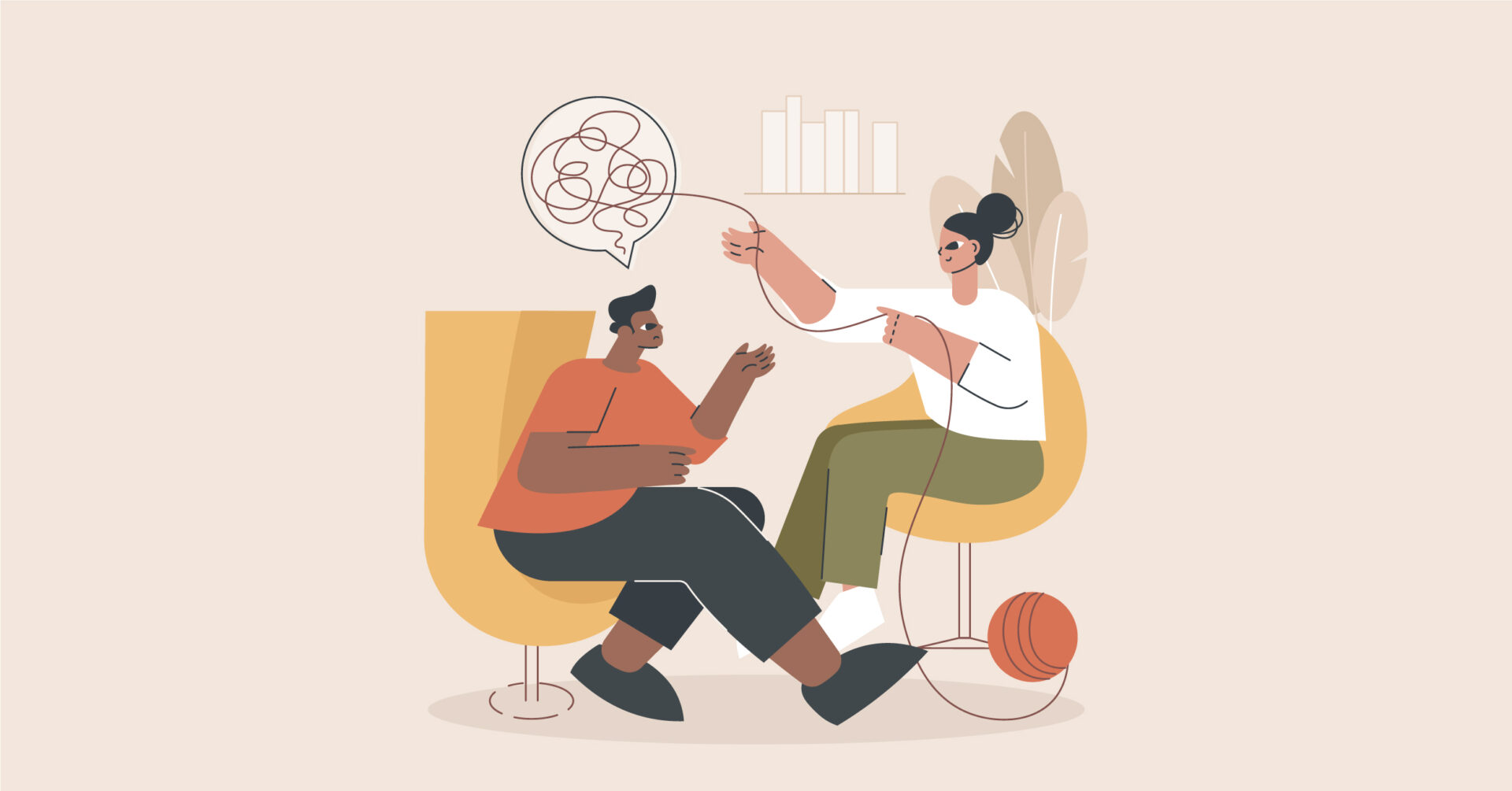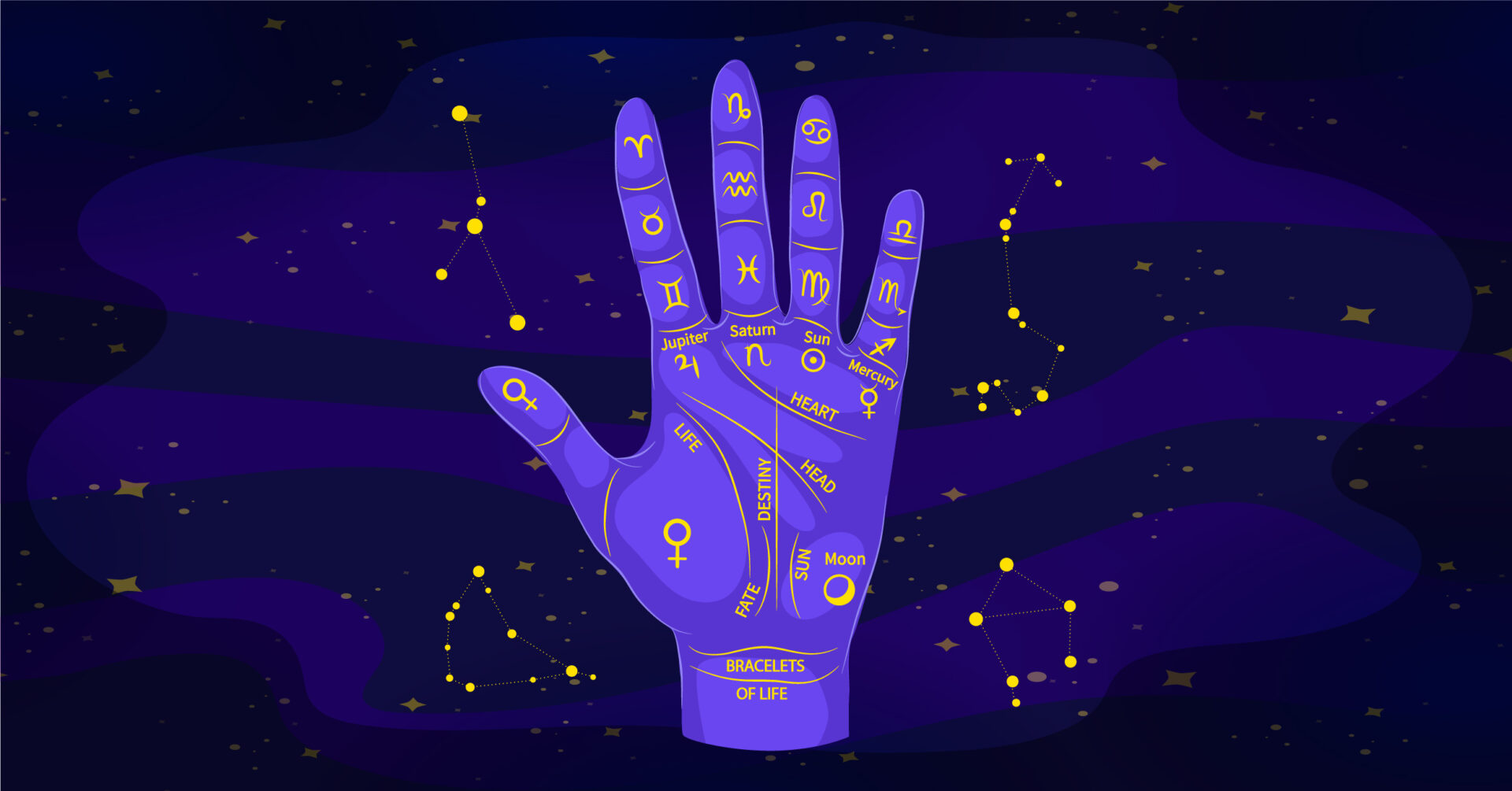Have you ever lied to a loved one, knowing that you shouldn’t be dishonest with them – such as telling your friend you like their painting when you actually don’t? Or perhaps gone out with a friend even though you had a test in class the next day that you hadn’t studied for. Even though there are instances when we go against our morals or beliefs, we aren’t able to do so with ease.
There is a great chance of a feeling of discomfort when such acts are carried out and it may lead you to ask yourself “what is confirmation bias,” and “why do we feel uncomfortable when we lie to someone we know we should be honest with?”
According to Leon Festinger, this discomfort is the product of a phenomenon known as ‘cognitive dissonance’ and this lays the foundation for understanding what is confirmation bias.
The Relation Between Consistency and Cognition
Humans are considered to be creatures of consistency. Biologically, we strive to create stability through homeostasis, maintaining regulatory processes within the body in accordance with changes in our environment. However, it is not just physical stability that we need. As individuals, we often strive for consistency among our attitudes, emotions, and behaviour as well. This tendency of seeking consistency is commonly referred to as ‘cognitive consistency’ and this holds the answer to the question what is confirmation bias, which we discuss later.
Multiple theoretical frameworks support the tendency of cognitive consistency. Of these, the Festinger’s theory of cognitive dissonance is widely studied and accepted in the field of social psychology.
The theory of cognitive dissonance states that when an individual holds two cognitions that are inconsistent with each other, there will follow an unpleasant state of dissonance, or aversive arousal.
What Happens with Cognitive Dissonance?
When dissonance occurs, it is also accompanied by an urge to reduce its effect. This is undertaken in various ways. Individuals may change their behaviour in order to become more consistent with their primary ideologies. We may have the option to tell our friend the truth about how we feel about the painting, but it doesn’t come without consequences. Most of the times, this first option is considered to be unlikely or unfeasible – you can’t turn back time and stop yourself from going out with your friend before your test.
Alternatively, there is a chance that we trivialise the dissonance. ‘It’s just a white lie,’ we may tell ourselves, or we may think ‘This test isn’t all that important, I’m sure I can make up for it next time.’ By reducing the importance given to the action, we can reduce the effect of the dissonance we experience. This not only reduces the dissonance, but also helps us maintain our current attitudes.
Dealing with Cognitive Dissonance
One of the most common ways people deal with dissonance is by changing their attitude, or acquiring new beliefs. By changing their attitude, they are able to carry out their actions more freely (and this lack of willingness to look beyond the usual is what leads us to ask “what is confirmation bias.”)
In an experiment carried out by Festinger and Carlsmith, participants were asked to carry out a series of boring tasks for half an hour. While they all believed the exercises were boring, they were later provided monetary compensation and asked to convince other individuals that the tasks were actually quite interesting.
Half of the participants were paid $30 in order to carry out this action, while the other half were only paid $1. While the half that were being paid well were able to justify their actions as having monetary motives, they continued to hold the belief that the activities were, in fact, uninteresting.
However, it was observed that among the individuals who were only paid $1, participants actually changed their own opinion, convincing themselves that the task was interesting. This could be due to the fact that misleading others into thinking the activities were interesting when they themselves did not believe it to be would have led to dissonance. In order to avoid this dissonance, they changed their belief altogether.
Criticism Towards Cognitive Dissonance
There has been criticism towards this demonstration of the theory of cognitive dissonance as well. Aronson, for example, claimed that this change in belief was not due to the dissonance of the thoughts ‘I believe this activity is boring’ and ‘I told somebody it is interesting’, but rather an inconsistency between the individual’s self-perception and their behaviour. If an individual believes that they are moral and truthful, they will be discomforted by the fact that their actions do not demonstrate the same.
According to Aronson, this is not an inconsistency between two cognitions, but rather an inconsistency between an individual’s behaviour and their self-concept. This theory came to be known as the self-consistency model. Many variations of the role of the self, including elements of self-esteem and self-cognition have been theorised in relation to the phenomenon of dissonance. That being said, Festinger’s theory continues to be widely accepted and studied in understanding attitude formation as well as attitude change.
Cognitive Dissonance, Decision Making, and Confirmation Bias
One of the primary areas where the possibility of cognitive dissonance occurring is high, is in decision making – and this leads us to the question of what is confirmation bias.
While making a choice between two alternatives, especially two that have an equal amount of merit, there is a high likelihood that the choice of either will cause some sort of dissonance within the individual.
In such situations, individuals are likely to focus on the positive aspects of the choice they have made, and highlight the negative aspects of the unchosen alternative. In cases where we feel the need to justify a choice we have made, it is also possible for a phenomenon known as “confirmation bias” to occur. This is the answer to what is confirmation bias – choosing the familiar and making decisions based on the familiar.
What is Confirmation Bias – Understanding the Why
What is confirmation bias? It refers to a tendency to accept information that aligns with beliefs that we are already holding while rejecting information that may challenge those beliefs. We may also consider information that confirms our beliefs to be trustworthy, and information that goes against our opinions to be suspicious. For example, an individual who is aware of the health risk posed by tobacco use may deliberately look for information that disproves that fact in order to reduce dissonance experienced while smoking.
Can you think of what is confirmation bias for you? Has it affected you?
The role played by cognitive dissonance can have a significant effect on our motivation as well as our attitudes. The next time you have to make a choice between two alternatives, consider the cause of dissonance, and evaluate how you may be dealing with it.



